Omnichannel & Personalization
As we covered in our last article (you do read all our articles right?) Omnichannel selling is a strategy that extends beyond your website to sell on 3rd party marketplaces, social media, retail stores, and more, while maintaining the experience your customers expect with your brand. Ready for the next step? Check out Omnichannel Shipping.
In this omnichannel-focused blog, we will be going into more detail on how you can enhance that customer experience using personalization. The overarching idea (if you already want to be done reading) is that you must deliver a consistent experience no matter what channel your customer interacts with you. Easier said than done, trust us. Those 3rd channels want your customers to have THEIR experience. We have some inside baseball on how you can work through their systems.
Many aspects lead to omnichannel customer experience, but we've decided to focus on personalization (it's our article after all) as it is becoming the future of what people expect. Some may say that it is the “future of marketing.” Some.
What Is Omnichannel Personalization:
Omnichannel personalization delivers a seamless, personalized experience to your customers across all touchpoints they make with you throughout the buyer's journey. It can include personalized recommendations, targeted messaging, remarketing, retail experience, and custom content based on a customer's past interactions and behaviors. It's applicable in every single stage of the marketing journey. Think about asking: 'How can I use this piece of __ __ (marketing, design, CX, refund, shipping, etc) to reinforce the brand I want to represent to my customers'.
Why Is It Important?
The importance of omnichannel personalization is the ability to deliver relevant content to customers at the right time and place. As a result, you are creating a branded experience that can increase customer loyalty and satisfaction. Everyone has that one brand in mind that never fails to miss a chance to customize a touchpoint. Maybe it's their shipping notification, order confirmation, Product Detail Page info, that is beautifully graced with something funny or pointed or whatever their brand represents. How can your brand be stuck in their minds?
By understanding your customer's needs, where they're coming from, their preferences, and behaviors, businesses can better tailor their interactions and marketing efforts to the individual customer. For example, you can create consistent messaging (and know when to break consistency, looking at you branded titles) for your brand that should remain constant to help build your brand awareness. When a customer sees a message in many different places, it enhances the customer's journey and lets them know that the brand is listening to them and knows what they want to see. Also that they're stable. There are many more minor ways to implement personalization into your customer journey that consumers will not only expect but appreciate. For example, a customer interacting with your brand might not want to see the same product they've already purchased or content they saw before. Maybe they want a suggestion to an accessory to their recent purchase. Using this information you can collect through your omnichannel strategy, you can show them personalized recommendations and other options they might be interested in or show them a sale/coupon for items they were previously looking at.
Merchants are taking advantage of this concept because it had been discussed but was not entirely possible before the omnichannel. They can now collect information from all those channels and compare them to other tools like loyalty and subscriptions. Use the information to create a profile of the customer's buying preferences and make more realistic decisions about how and when is the best way to reach out to them. Ultimately this profile helps create messaging that will tailor to those individual needs.
Personalization + Mobile:
Mobile commerce is here. 2022's BFCM weekend has seen soaring mobile shopping, but we're also seeing product research on phones, and buying on a computer. This is a great place to use omnichannel attribution strategies, SMS, and social media marketing tools. Overall, the concept of personalization means that you listen to your customers in how they want to be communicated.
Personalization helps deliver relevant content when using mobile at the right time and place. Using all the collected data, the brand sends those personalized messages about when and where the shopper is most likely to buy something. It can mean sending an email, text, push notification, or chat note with a promotion of the user's favorite product. It can also help with your display pages and showing them the right products. When you customize these reaches, you will improve overall customer satisfaction and increase the customer lifetime value over time.
Personalization In Real Life:
Two examples of omnichannel personalization include:
-
You have a new customer that makes a purchase online. They're thrilled but quiet, haven't reordered or interacted with you again. They see you have a physical store, and come in. In store, they find a couple good items but ask your employee for a suggestion for another item. Your employee can pull up a full order history and show them products that would match their current selection AND the one at home. They get a loyalty discount for their purchases and sign up for SMS alerts on another item coming in from another store. They love your communication, they're thrilled with your brand, and they're a lifetime customer. Boom, it's easy.
-
Similarly, a multi-channel customer contacts your customer service department. They were shipped an item from a 3rd Party Marketplace that wasn't packed well. The item came damaged but the marketplace won't offer a refund. You accept the return, and send them a new item to replace things. Throughout this process, you're kind and understanding. Your customer has such a great experience with you, they bring a huge corporate order in from their business. You've made a new account to remarket to. Everyone is happy again and the world decides to have peace in the new year. It's all because your customer service represents your brand well. Then you send them a loyalty gift.
Benefits:
The benefits of omnichannel personalization are endless (probably, we can't count them all) but here are a handful.
1. Higher conversions and sales:
Using personalized recommendations and targeted marketing can lead to customers following through with their transactions and, especially, returning to purchase again. There is also the advantage of having multiple channels to market your product or service, allowing reach beyond your site or advertising. You tap into your 3rd party marketplace's size, scope (and search). When you can increase the focus on channels that produce higher conversion rates, you allocate different resources to generate the highest revenue.
2. Lower customer acquisition costs:
When you have a well-developed strategy, you can use your customer's data on their behavior to better see what channels are working best. Then remove those unnecessary tools and optimize your dollars spent on those revenue-generating channels. You can advertise on those 3rd party platforms (and we've seen it be insanely successful), but you can tap into their customers for free.
3. Better Overall experience:
Providing that personalized and seamless experience leads to increased customer satisfaction and loyalty. You can identify when and where the customer would expect to see something about your product or service and display the right products on their landing pages, email campaigns, or other marketing communications.
4. Enhanced customer insights:
By tracking and analyzing customer interactions across all channels, businesses can gain a better understanding of their customers' needs, preferences, and behaviors, which can inform future marketing and sales strategies.
Challenges:
Even though there are so many benefits to omnichannel personalization, many companies are still not taking advantage of it. Those barriers or challenges include:
1. Recognizing Users Across Platforms:
This can be a massive challenge in achieving that proper personalization aspect by being able to engage with users across multiple touchpoints. You need to be able to collect their data and gather those visiting statistics from all channels in one place.
2. Data Management:
Using omnichannel personalization requires you to have a complex customer data management system. The system must allow you to track and analyze all customer interactions throughout channels. The process can be time-consuming and difficult and requires the proper infrastructure and resources.
3. Integration:
Omnichannel personalization means that various systems and platforms, such as CRM, e-commerce, and marketing automation, must be integrated. This is particularly challenging for businesses with legacy systems or limited IT resources.
4. Measurement and Optimization:
It can be challenging to measure the effectiveness of an omnichannel personalization strategy, and businesses must continuously optimize their approach to ensure that it delivers the desired results.
5. Lack of Control Over Other Platforms:
Let's get down to the big one (we saved it for last obviously), you don't have total control over other channels. You're at the will of these platforms and you might not get all the control you want. That's why having your own website to anchor things is so important.
Tips on How to Get Started:
Here are some steps you can take to implement omnichannel personalization
Identify your customer segments:
Start segmenting your customers based on their characteristics, behavior, and preferences. This will help you understand their needs and tailor your marketing efforts accordingly.
Collect and integrate customer data:
To personalize the customer experience across channels, you'll need to collect data from various sources, such as online browsing history, email interactions, and in-store purchases. Use omnichannel-specific tools like Feedomomics, or other ecommerce tools like customer relationship management (CRM), Product Information Management (PIM), marketing automation, SMS/Email. Fully integrated ecommerce platforms are essential.
Use marketing automation tools:
Marketing automation tools can help you automate and personalize your marketing efforts across channels. For example, you can set up automated email campaigns triggered by specific actions, such as abandoned cart emails, but also remarket to audiences that have come from other marketplaces so they understand your brand pillars.
Personalize the customer journey:
Use your collected data to create personalized experiences. For example, if a customer frequently purchases a specific product, you could recommend similar products or offer special discounts on those items. Easy-peasy.
Monitor and optimize your efforts:
Regularly track and analyze the effectiveness of your omnichannel personalization efforts. Integrated omnichannel tools are crucial for this. Use this information to optimize and refine your strategies to deliver the best possible customer experience.
Overall, omnichannel personalization is becoming a vital component of marketing strategies and will help you improve your customer acquisition and retention if done correctly. You should use your customers' data to deliver a highly personalized experience via physical and digital channels. Stay tuned for the third and final article in this series on omnichannel and shipping!
Trust us, you’re gonna want this in your inbox.
Join the Irish Titan sphere of influence. We'll send a couple emails a month. No trash, no spam, just the shenanigans we get up to.
More reads
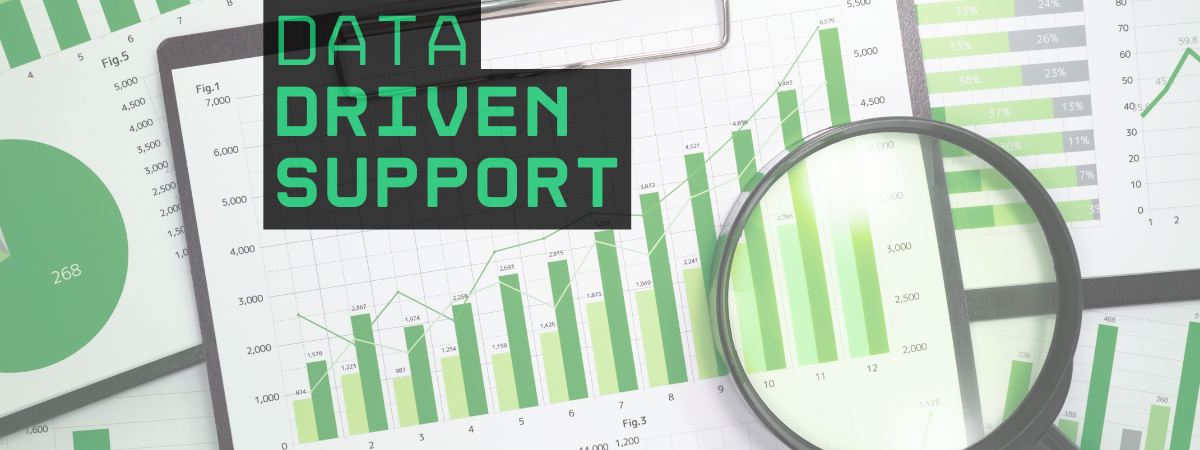

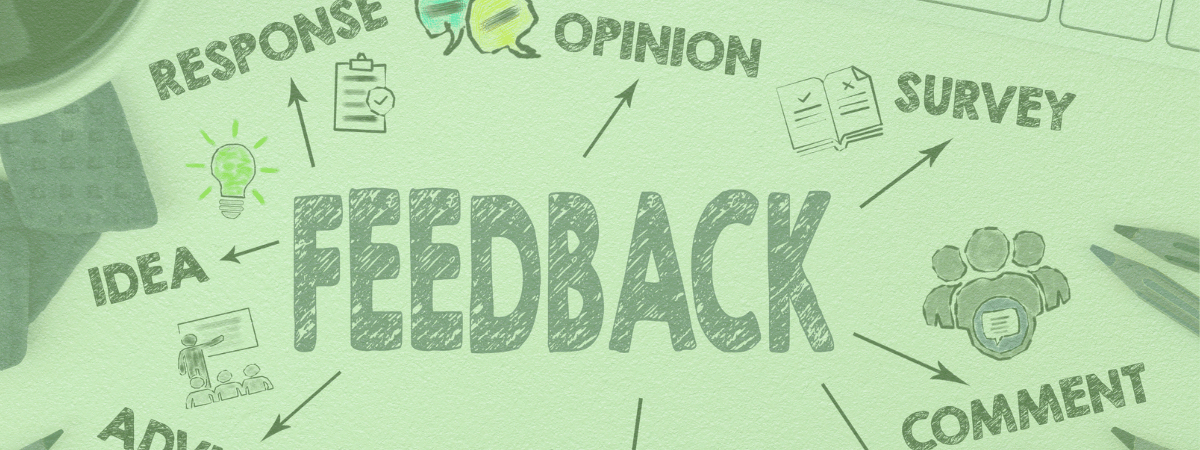
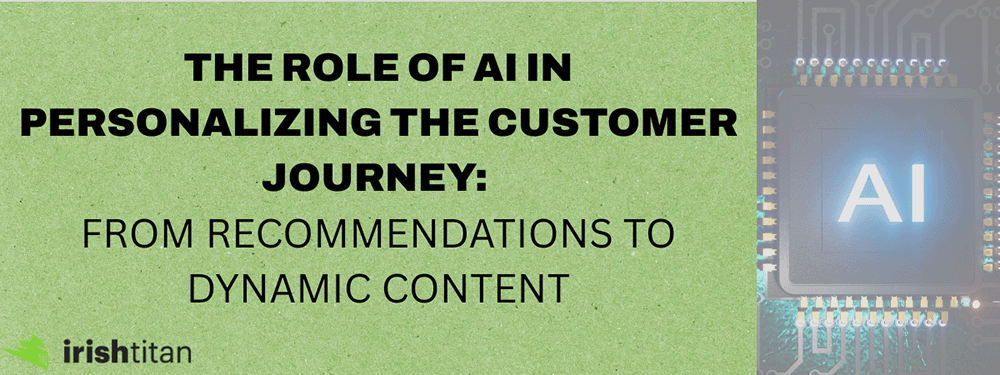
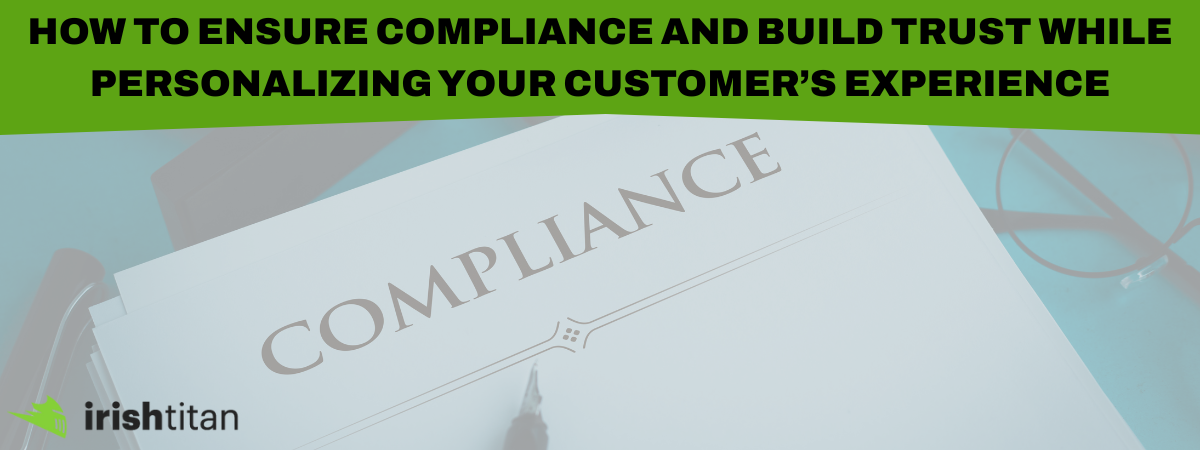
More from Ecommerce...
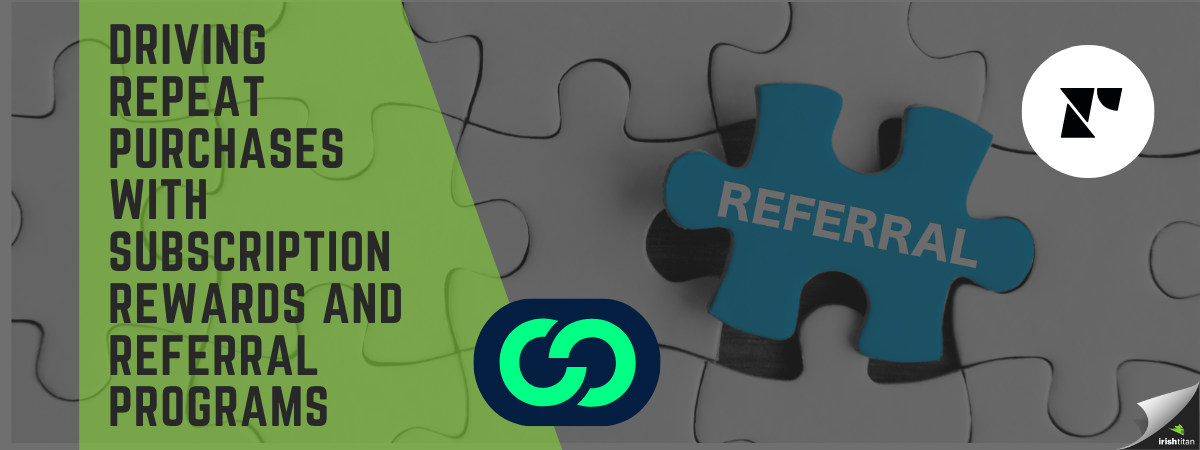
You know what’s cheaper, more profitable, and way more fun? Getting your current customers to come back AND bring their friends with them. That’s where referral programs and rewards systems come in.
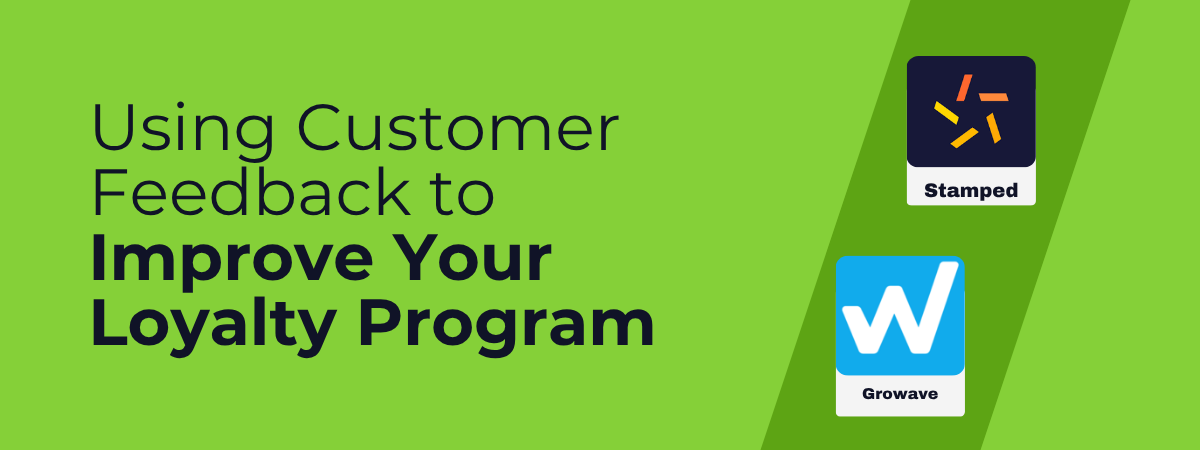
Here’s the thing about loyalty programs: launching one is just the beginning. You don’t get customer love and long-term retention just by setting up a points system and calling it good. You’ve got to listen, tweak, and optimize based on what your customers actually want.

You worked your tail off (and probably spent a fair bit of your marketing budget) getting customers to your site. They browsed. They clicked. They bought.
